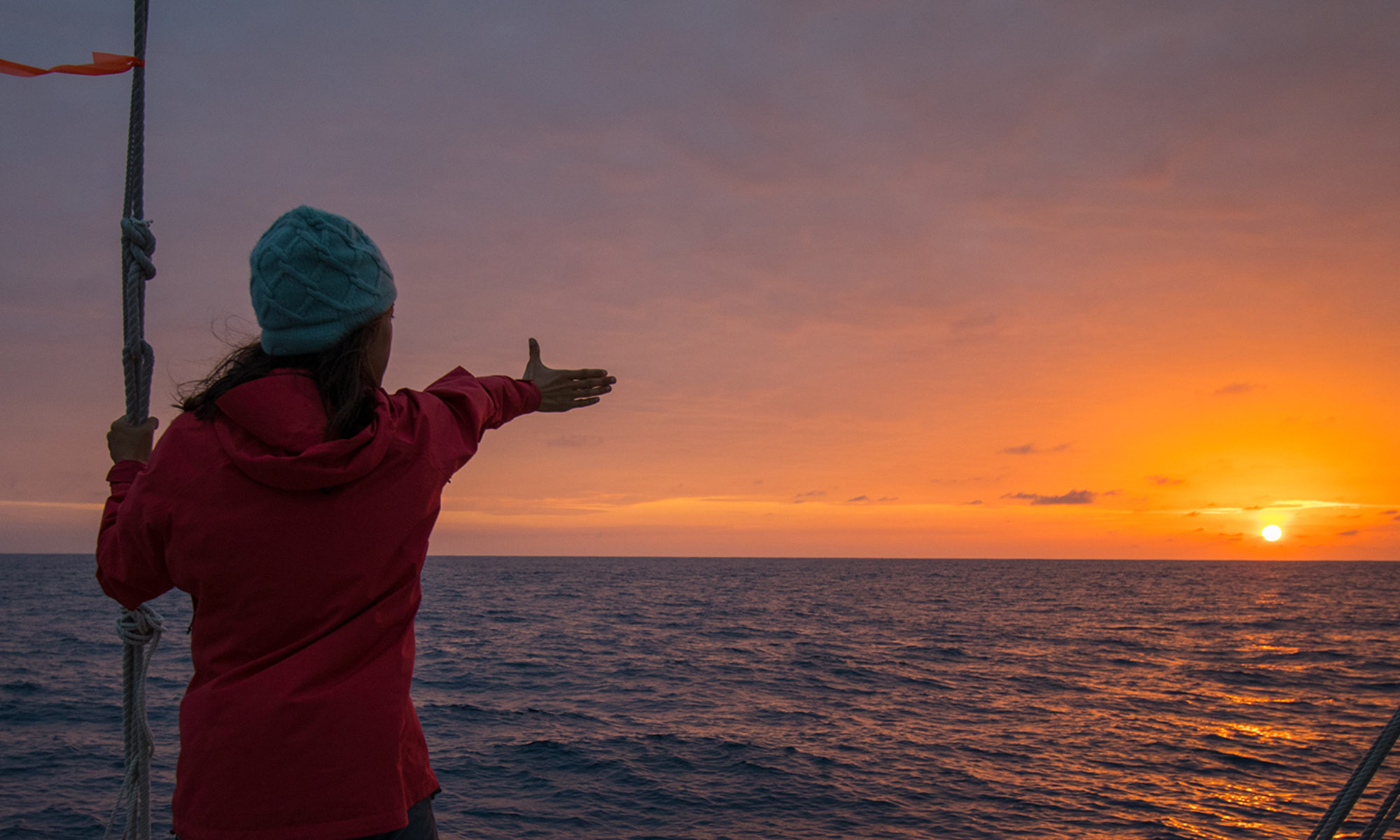Wayfinding integrates the bearing points of ancestral wisdom, innovation and aspiration into a context for understanding where we have been, where we are and where we desire to go.
The following resources offer insights that have shaped the worldwview and inspired the values of Hoʻokele Strategies LLC. They are shared in hopes to inform your journey as well.
Indigenous Values & History
Decolonizing Methodologies – Research and Indigenous Peoples
By Linda Tuhiwai Smith
“A critical aspect of the struggle for self-determination has involved questions relating to our history as indigenous peoples and a critique of how we…have been represented or excuded from various accounts. Every issue has been approached by indigenous peoples with a view to rewriting and rerighting our position in history. Indigenous people want to tell our own stories, write our own versions, in our ways, for our own purposes. It is not simply about giving an oral account or a genealogical naming of the land and the events which raged over it, but a very powerful need to give testimony to and restore a spirit, to bring back into existence a world fragmented and dying.”
Dismembering Lāhui – A history of the Hawaiian Nation to 1887
By Jonathan Kay Kamakawiwoʻole Osorio
“Hawaiians did not resist their homeland becoming an extension of America because they felt that they could never become adequate American citizens. They resisted because they were Hawaiian…Their actions and defiance…are no more inexplicable than any other culturally assertive gesture, from the insistence on speaking a language that has no universal prestige, to the worship of gods whose sacred places have been inhabited by buildings and golf courses and desecrated by bombs and tourists…We are Hawaiians still, and like our great- and great-great- grandparents are still finding it nearly impossible to accommodate our cultural distinction with our political powerlessness.”
Life of the Land – Articulations of a Native Writer
By Dana Naone Hall
ʻʻWe are continually imagining the past, what it was like for our ancestors fifty years ago, ninety years ago, more than a thousand years ago. Sometimes the past is made visible, as in the presence of the old road, and our use of the road is a way of preserving a link to an older part of ourselves and keeping open a way of being in the future.”
Ka Honua Ola, ʻEliʻeli Kau Mai – The Living Earth, Descend, Deepen the Revelation
By Pualani Kanakaʻole Kanahele
“You know how everybody says, ʻThe children are our futureʻ? Well, I donʻt believe that! It sounds like a bunch of adults wanting to linger for one more generation on the periphery of culture instead of sacrificing to the center of it. The future is now!”
No Mākou Ka Mana – Liberating the Nation
By Kamanamaikalani Beamer
“What will happen when we, as ʻŌiwi, value our own perspective and experiences enough to follow and finish what our kūpuna put in motion? What will happen when we more fully trust in our ancestral memory? What will happen when we realize that our agency is still intact, and that the final outcome of the American occupation in Hawaiʻi is yet to be determined?”
Voices of Wisdom – Hawaiian Elders Speak
By MJ Harden
“I was successful in a Western way. In my Hawaiian way no. My life wasnʻt focused on Hawaiian-ness as much as it was on fitting into todayʻs society. I couldnʻt let my heart lead my life – because…there was nothing in the Hawaiian culture worth preserving…that was the Western thought. This Hawaiian-ness has always been very precious to me…and I never had the chance to live it. There was always a governor in my life, a stopper in the bottle. It has been a real deep-rooted sadness… Iʻm just beginning to get over it.” – Winona Beamer
Leadership
Hawaiki Rising
By Sam Low
“…After a pwo navigator has been initiated on Satawal, his first duty is to sail from his island and return with ʻsomething of valueʻ for his people. This voyage is symbolic of a navigatorʻs responsibility to help sustain his community in harmony and health…The wisdom and values of our ancestors enabled them to mālama Hawaiʻi and her surrounding oceans for nearly 2,000 years. By carefully managing their natural resources, they were able to sustain a large, healthy population. Now, we must learn to treat our planet in the same way.” – Nainoa Thompson
Indigenising the Corporation
By Eruera Ropata Prendergast-Tarena
“Generations of cultural loss and a lack of cultural confidence can make it harder for communities to articulate how cultural values could be incorporated into the organisation. This confusion and tension often result in staff defaulting to business-as-usual, or Western ways of doing things. In my findings, both indigenous and non-indigenous staff feared Western structures and practices could contribute to cultural assimilation, and the only way to counter these cultural forces is to develop “tribal best practice”… To decolonise our own institutions, indigenous communities must first free themselves to be brave enough – to shed ourselves of the “known” ways of doing things and courageously back ourselves, our people, and our values so we can forge our own path to a future of our making. “
Legacy – What the All Blacks Can Teach Us about the Business of Life
By James Kerr
“Our values decide our character. Our character decides our value…Collective character is vital to success. Focus on getting the culture right; the results will follow.”
Pauahi – The Kamehameha Legacy
By George Huʻeu Sanford Kanahele
“What truly matters, of course, is that Pauahi had the vision and courage to make a noble and fateful beginning. The rest was left up to the faith and hope, the diligence and integrity, the dedication and achievement of others over the last century…Were she to return, Pauahi would see that not even two, three or more estates equal in size to hers could meet all the pressing needs of all of her potential beneficiaries. Yet it is her trust that remains today as the major catalyst for spurring the efforts of all agencies, public and private, in satisfying the educational aspirations of Hawaiian youth.”
Wayfinding through the Storm – Speaking Truth to Power at Kamehameha Schools 1993 – 1999
By Gavan Daws & Nā Leo o Kamehameha
“But would Pauahi be satisfied if education targets are achieved, yet beneficiaries die young, are displaced from their homeland, fail to practice and perpetuate their language and cultural traditions, have broken families or lack meaningful employment opportunities? For years to come, the Schoolsʻ leadership will likely grapple with striking the appropriate balance between maintaining a focus on education and influencing non-cognitive domains of well-being through direct or nuanced efforts.”
Social Enterprise
The KL Felicitas Foundation – How Impact Investing is Changing Capitalism
By Lysiane Baudre
“Something extraordinary is happening, absolutely extraordinary. Individuals, family foundations, family offices, and fund managers in growing numbers are now driven by the desire to make a profit while doing good. In other words, they strive to use their investments to make a positive social and/or environmental impact, and it is working…Impact investing is re-embracing what wealth was always meant to be – a resource to be used wisely for the benefit of society and the planet.”
The Localist Revolution
By David Brooks
“Localism is the belief that power should be wielded as much as possible at the neighborhood, city and state levels...Success is not measured by how big you can scale, but by how deeply you can connect...Change in a localist world often looks like a renewal of old forms, which were often more intimate and personalistic than the technocratic structures of the past 50 years...Instead, it brings conservatives and liberals together around the thought that people are happiest when their lives are enmeshed in caring face-to-face relationships, building their communities together.”
Resonate – Present Visual Stories that Transform Audiences
By Nancy Duarte
“Language and power are inextricably linked. The spoken word pushes ideas out of someoneʻs head and into the open so humankind can contend with adopting or rejecting its validity…Presentations are a powerfully persuasive tool, and when packaged in a story framework, your ideas become downright unstoppable. Story structures have been employed for hundreds of generations to persuade and delight every known culture.”
Sustainability
Kaiāulu – Gathering Tide
By Mehana Blaich Vaughan
ʻʻCommunities originate in the interdependence of a landscape and its people, a mutuality in which the use of the land and waters and the economic, social and aesthetic choices of residents flourish in balance.” – Beryl Blaich
Mālama
By Kenneth Francis Brown
ʻʻFor each proposal to bring a new business to Hawaiʻi, mālama would make us ask, ʻDoes it deplete or despoil any natural resource?ʻ If it does, we must reject it, for it will be making us spend that which we cannot spend. On the other hand, does this new enterprise create a new product from renewable resources? Do the sun and the rain and the earth, for instance, combine to give us a product that can be traded offshore, or that is usable here? If the answer is yes, then the enterprise is consistent with mālama, and is to be encouraged.”
Natural Capital – Theory and Practice of Mapping Ecosystem Services
By Peter Kareiva, Heather Tallis, Taylor H. Ricketts, Gretchen C. Daily & Stephan Polasky
“Including the value of ecosystem services in the decisions of governments, corporations, traditional cultures, and individuals does not replace or undermine the intrinsic value of nature, nor the moral imperative to conserve it…Instead, valuing ecosystem services and natural capital complements these moral concerns, broadening our understanding of the roles nature plays in our lives and the reasons for conserving it. If we can add how nature contributes to human well-being to the arguments for conservation, why wouldnʻt we?”
Ngā Tai Matatū – Tides of Māori Endurance
By Mason Durie
“Resilience is an expression of the effort needed to steer a steady course. It recognises both adversity and triumph and celebrates the strength of purpose, determination, and a capacity to survive — if not in an identical shape, then at least in recognisable form. Resilience contains an inner force and an element of indefatigability. Evolutionists might call it adaptation to the environment or survival of the fittest, patriots might see it simply as the fulfillment of destiny. In any event, resilience reflects both a capacity for adaptation and a propensity for turning adversity into accomplishment.”
Nutrient Cycling and Limitation: Hawai‘i as a Model System
By Peter Vitousek
“Part of the reason I have worked so actively in Hawai’i, and the main reason I have been able to do so, is that the Hawaiian Islands represent an extraordinary model system for the analysis of many ecosystem properties and processes.”
Pursuing Sustainability – A Guide to Science and Practice
By Pamela Matson, William C. Clark & Krister Andersson
“Resilience is the ability of the social-environmental system faced with stresses, shocks, or surprises to continue to perform its current functions or even to extract benefits from…disturbances. Vulnerability can be defined as the likelihood of suffering harm… [V]ulnerability is particularly useful as a lens through which to identify…social-environmental systems and their component parts – people, infrastructure, ecosystems, resources, economic and governance systems…that are most likely to suffer damage when stresses, disturbances, and surprises occur. Even when the overall system is coping pretty well, a vulnerability perspective helps us see who or what is left out and needs particular attention if inclusive measures of well-being are not to decline.”
###

